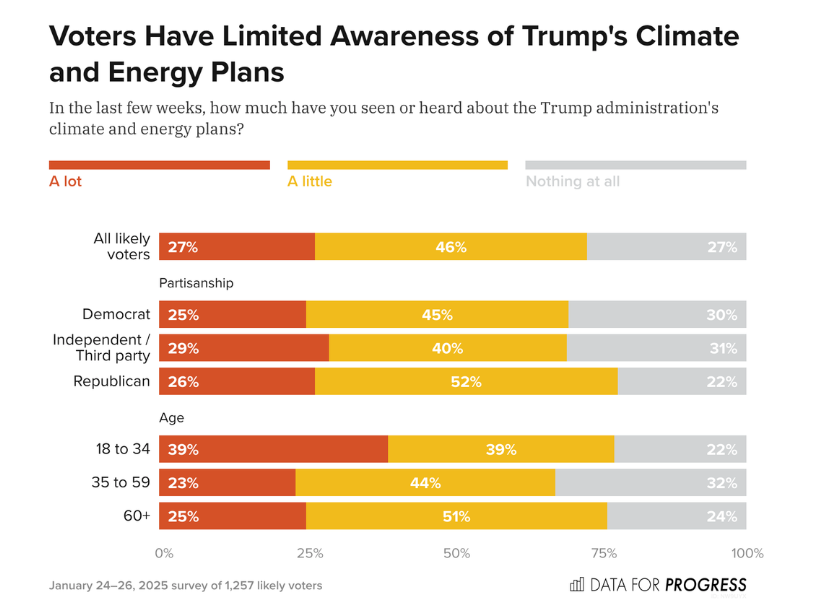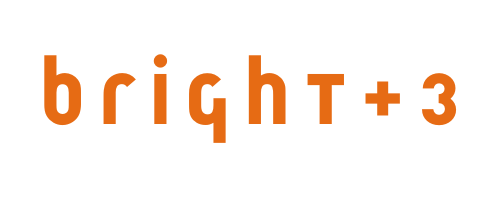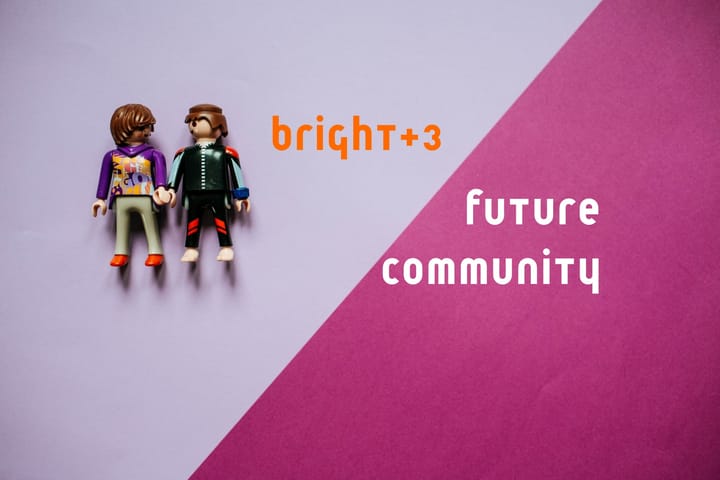Be a superhero: show up with answers in dark times
People have questions and concerns in the wake of Trump's chaos. How groups connect to people and answer questions will determine the future.

The chaos of executive orders, statements and actions from the President, Musk and others in the administration is a planned (and announced) strategy of flooding the zone and muzzle velocity.
One could argue that Trump, Bannon and crew were counting on the media, Democrats and public being structurally incapable of paying attention to or preparing for the flood.
Perhaps, as Ezra Klein writes, it's all a sign of weakness. When you know you don't have the skill, support or tools to win you use shock and awe to create the perception of strength. As we've seen over and over again with Trump's presidential and personal life, perception has more power over laws, rules and norms than does Congress or judges.
Shaping perception with useful and actionable info
Last Friday, Data for Progress released results of a survey of likely voters. They sought to understand how people were viewing Trump’s executive orders and support for fossil fuels versus renewable energy.
They found thin support at best. None of the President's policy actions earned support from a majority.
What caught my eye, though, was that most people simply aren't aware of what's going on or only a "little" aware.

How do people decide how or even if to respond? How do local governments and businesses make decisions about where to put their money? Will there, they might ask, be federal support for fire prevention, sewer system maintenance and electric vehicle charging?
You could drive 83 cybertrucks* through the gap between Trump's actions and anyone's ability to understand how gutting climate and envioronmental programs, funding and agencies will affect your life. Unless, of course, you're one of thousands of fired EPA employees.
Nonprofit advocacy communications is broken. It's centered around, in part, "comms" which is mostly press releases, advisories and case studies. And development, which relies on "take action now" actions that drives people to email lists where they're engaged in a series of ongoing fear-driven (and 4-10X matching gift-driven) fundraising asks.
Many groups are unprepared and unskilled at creating actionable information for supporters. Nor can they deliver it. This is just not what communications, development and program teams are built to do.
But we can do something about that! Right now. Some ideas:
- Host weekly (daily? as needed?) online town hall events where supporters can ask and answer questions, break into small groups, learn what you're doing, meet your staff and board, sign up as volunteers and activists. If you can host local in person events all the better but don't wait for that.
- Create a daily (weekly?) set of content that provides answers to the questions coming up in these conversations. Distribute it in a new newsletter that's aimed at anyone interested in the questions. Put a version on social media. Maybe it's text-heavy posts like this from New Disabled South or someone on video like this post from Evergreen Action. The point is getting useful content into different channels in the way that works for that channel, your team and your audience.
- Build collaborations with local news organizations and individual journalists and content creators who are honing in on your issue and/or local, city or state level stories. News organizations and individual storytellers need content, data and policy insights. And your organization needs channels to get good info out to more people. Your own email lists and social media audiences aren't nearly enough.
- And this is for the funders (mostly) and consultants and service providers: support solutions-driven content at all levels (big to small organizations) and in all kinds of channels (print, digital, social, ads, newsletters, text, messaging apps, billboards, all of it). Our organizations are losing their ability to connect with prospective (and current) supporters because they struggle to position their story in the context of real people's needs, hopes and aspirations.
And we need all the people (and people power) we can get.
Bright Ideas: Reading and Resources
- What now for climate under Trump? Act locally by Ayana Elizabeth Johnson in Rolling Stone.
- The Critical Role Support Organizations Can Play in Maturing the Local News Field by Anika Anand and Darryl Holliday.
- Over at International Journalists' Network, Mattia Peretti shared The year we redefine our relationship with audiences and our role in society. Peretti asks the journalism world to double down on having meaningful conversations and community building with audiences.
- The Global Aid Freeze Tracker is crowdsourcing the impact of the U.S. government's foreign aid funding shutdown.
- What’s behind Trump’s flurry of executive action: 4 essential reads on autocrats and authoritarianism in The Conversation.
- *MacArthur Foundation announces $6 Million+ for climate journalism. Would be great to see much more of this. Coincidentally, given their $80,000 base price, this is less than the cost of buying the 83 cybertrucks driving through the informational gap described above.


